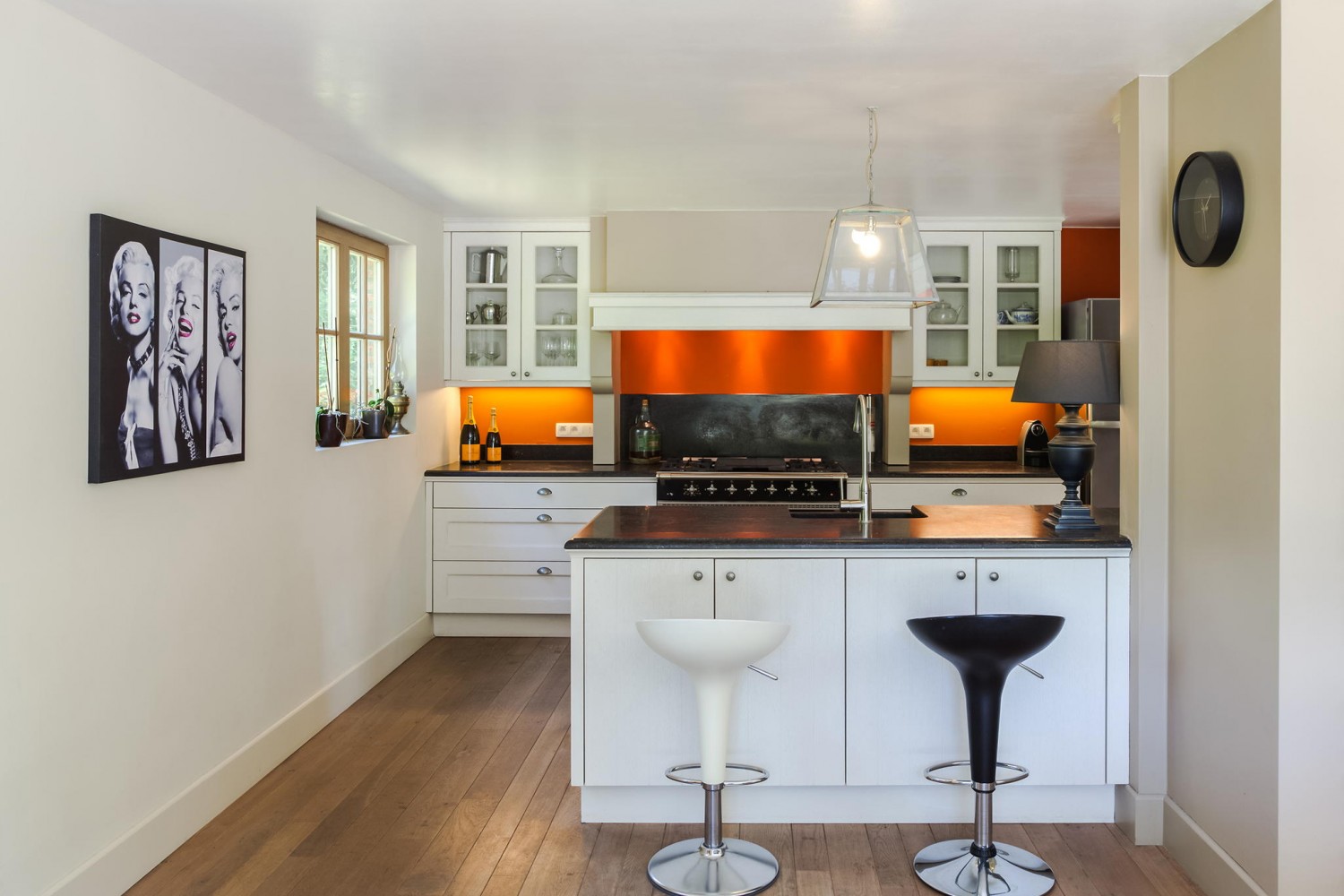Discover The Fascinating Journey Of Reconditioning Vintage Closets, Exposing Untold Tales And Exposing The Secrets Of Background
Discover The Fascinating Journey Of Reconditioning Vintage Closets, Exposing Untold Tales And Exposing The Secrets Of Background
Blog Article
Staff Writer-Drejer Cantu
To begin the journey of restoring antique closets, you need a keen eye for information. Think of uncovering concealed keys within each layer of history ingrained in the wood. Image the fulfillment of revitalizing a once-forgotten piece to its previous splendor. chalk paint cabinets of this thorough procedure holds the vital to preserving the past while creating a future antique. So, are you ready to start this transformative venture and unlock the possibility of your antique cupboards?
Assessing the Closet's Problem
When beginning the restoration process, beginning by examining the condition of the antique cabinet. Carefully examine the overall structure for any kind of indications of damages such as cracks, chips, or loose joints. Check the wood for any rot, warping, or insect problem that may have happened over time. It's essential to figure out the degree of the reconstruction required prior to proceeding even more.
Next, evaluate the closet's hardware such as joints, knobs, and locks. Make note of any kind of missing out on pieces or parts that require repair or replacement. Make certain that all hardware is operating appropriately and safely affixed to the closet.
In addition, review the cupboard's surface. Try to find any kind of scrapes, spots, or discoloration that may impact the visual allure. renovations bathroom out if the coating needs to be removed and reapplied or if a straightforward touch-up will be adequate.
Gathering the Necessary Tools and Materials
After assessing the condition of the antique closet, the following step is to gather the needed tools and products for the remediation procedure. Before you start, ensure you have the following items available:
- wood cleaner
- sandpaper in different grits
- timber filler
- paint or wood tarnish
- brushes
- gloves
- safety and security goggles
- a dust mask
- a ground cloth
- a putty knife
- a hammer
- a screwdriver
- a vacuum cleaner
These devices and materials are important for an effective restoration.
Timber cleaner is crucial for getting rid of years of dirt and crud accumulation, preparing the surface area for sanding. Sandpaper of different grits aids in raveling imperfections and preparing the wood for a new coating. Wood filler comes in handy for repairing any type of cracks, openings, or dents existing in the closet.
https://arthurhsair.blogdanica.com/27749129/discover-a-world-of-individualized-cupboards-that-will-transform-your-space-discover-the-magic-of-tailor-made-storage-options or timber tarnish, along with brushes, permit you to customize the cupboard to your preference. Bear in mind to put on gloves, safety goggles, and a dust mask for defense. Lay down a drop cloth to safeguard your work area, and use a vacuum cleaner to clean up any kind of particles.
With these tools and products collected, you're ready to start the restoration process.
Implementing the Restoration Refine
To efficiently execute the reconstruction process on your antique cabinet, start by completely cleaning up the surface area with the wood cleaner. https://houserenovationcompaniesn65319.yomoblog.com/34016148/look-into-the-expertise-of-a-handcrafted-cupboard-manufacturer is essential as it aids get rid of years of dirt, crud, and old polish that may have accumulated externally.
When the closet is clean and completely dry, examine the problem of the wood. Search for any kind of splits, scrapes, or other problems that need to be resolved. Usage timber filler to fix any type of imperfections, ensuring to match the filler color to the timber tone for a smooth coating.
After the repair work have actually dried, gently sand the entire surface area to create a smooth and even base for the new coating. Beware not to sand too boldy, as you don't intend to damage the wood beneath.
As soon as the sanding is total, use a timber tarnish or complete of your choice, complying with the supplier's directions. Enable the finish to dry completely before applying a safety leading coat to make certain the longevity of your restored antique cabinet.
Conclusion
Since you have finished the reconstruction process, your antique cabinet looks like new.
By adhering to the step-by-step guide, you had the ability to analyze, repair, and improve its condition effortlessly.
With a fresh surface and protective leading layer, your cherished item will certainly continue to shine for many years to find.
Appreciate the elegance of your brought back antique closet!
